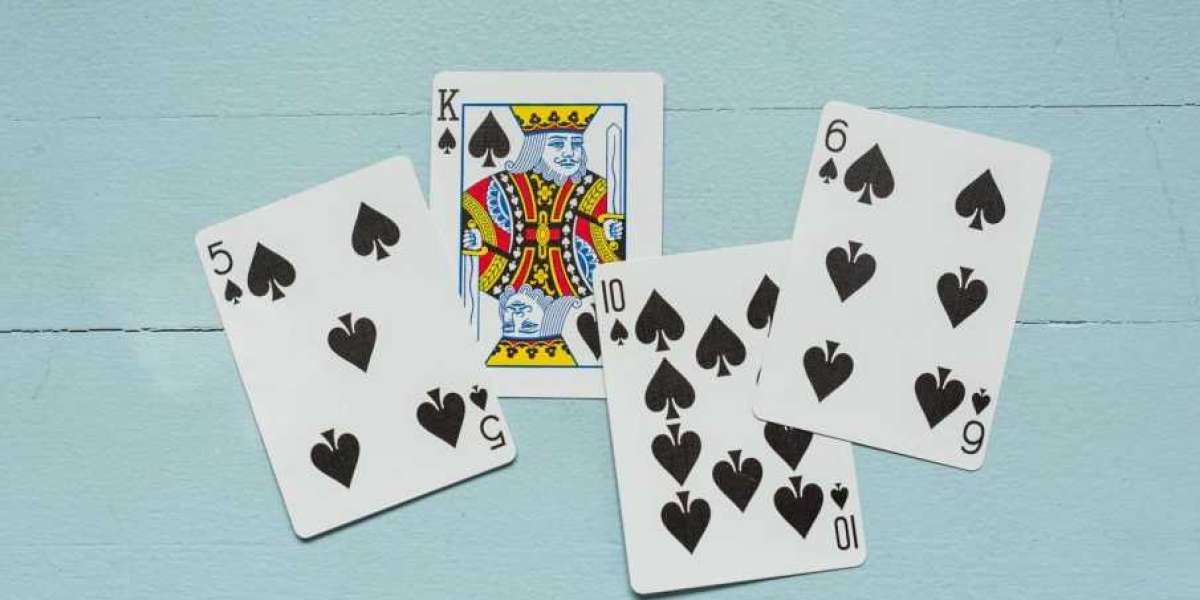Learning how to play Spades can be an enjoyable and rewarding experience, whether you're a seasoned card game enthusiast or a complete beginner. Spades is a trick-taking card game that has gained popularity for its strategic depth and engaging gameplay. This guide will walk you through the essential rules and strategies to help you get started with Spades.
Understanding the Basics of Spades
Spades is typically played with four players in two teams. The goal of the game is for your team to reach a certain number of points first, usually 500. The game uses a standard 52-card deck, and the cards are ranked from highest to lowest: Ace, King, Queen, Jack, 10, 9, 8, 7, 6, 5, 4, 3, 2. Spades are always the trump suit.
Setting Up the Game
- Form Teams: The four players are divided into two teams, with partners sitting across from each other.
- Deal the Cards: Each player is dealt 13 cards, one at a time, until the entire deck is distributed.
Bidding
After the cards are dealt, players review their hands and bid the number of tricks they believe they can win. Each player must make a bid, and the bids from each team are added together to form the team's total bid. The total number of bids does not have to equal 13. Players can also bid "Nil," indicating they believe they won't win any tricks, which can score bonus points if successful but penalties if not.
Playing the Game
- Starting the Play: The player to the dealer's left leads the first trick by playing any card except a spade. Players must follow suit if possible; if they cannot, they may play any card.
- Winning Tricks: The highest card of the suit led wins the trick unless a spade is played, in which case the highest spade wins. The player who wins the current trick starts the next one.
- Spades Are Trump: Spades cannot be led until they are "broken," meaning a spade has been played on a previous trick where the player could not follow suit. Once broken, spades can be led in any subsequent trick.
Scoring
After all 13 tricks have been played, teams score points based on the number of tricks they bid and won:
- Making the Bid: If a team meets or exceeds its bid, it scores 10 points for each bid trick.
- Overtricks: Any tricks won beyond the bid add one point each (referred to as "bags"). Collecting 10 bags gives your team a 100-point penalty.
- Failing to Make the Bid: If a team fails to meet its bid, it loses 10 points for each bid trick.
- Nil Bid: Successfully winning no tricks scores 100 points; failing a Nil bid results in a 100-point penalty.
Strategies for Winning
- Communicate with Your Partner: While explicit communication is not allowed, paying attention to your partner's play can provide valuable clues about their hand.
- Count Cards: Keeping track of the cards that have been played can help you make informed decisions about which cards to play.
- Manage Your Bags: Be cautious about winning too many overtricks to avoid the 100-point penalty for accumulating 10 bags.
- Nil Strategy: If you bid Nil, focus on playing low cards early and avoiding taking tricks, while your partner may try to cover you by winning more tricks.
Conclusion
Learning how to play Spades involves understanding the basic rules, bidding strategies, and gameplay techniques. By practicing and employing strategic thinking, you can improve your skills and enjoy this classic card game with friends and family. Whether you're playing casually or competitively, Spades offers a fun and challenging experience for all players.








